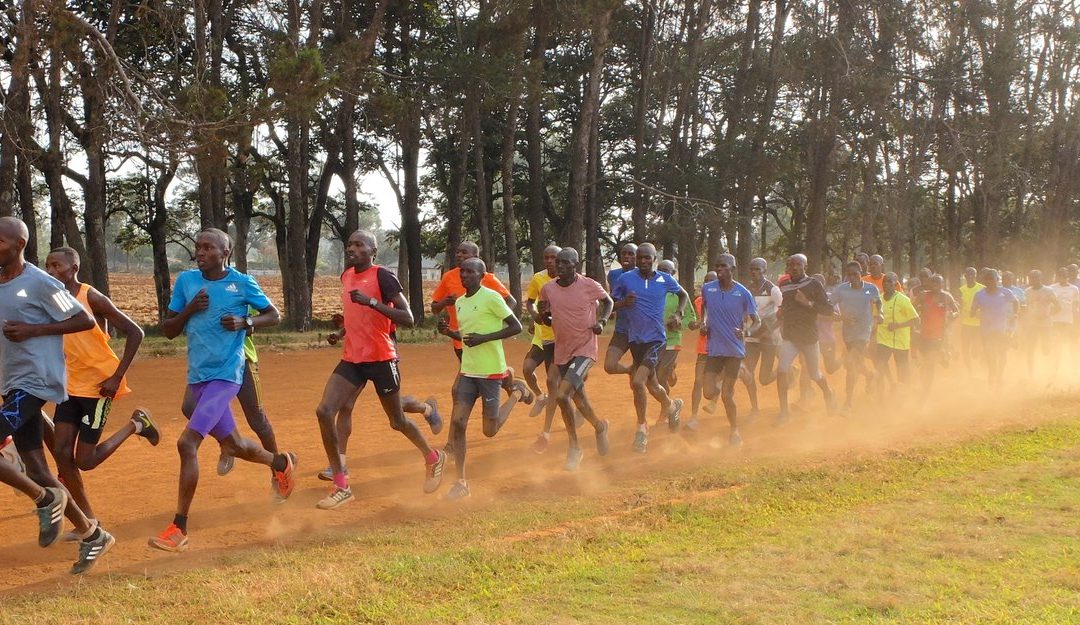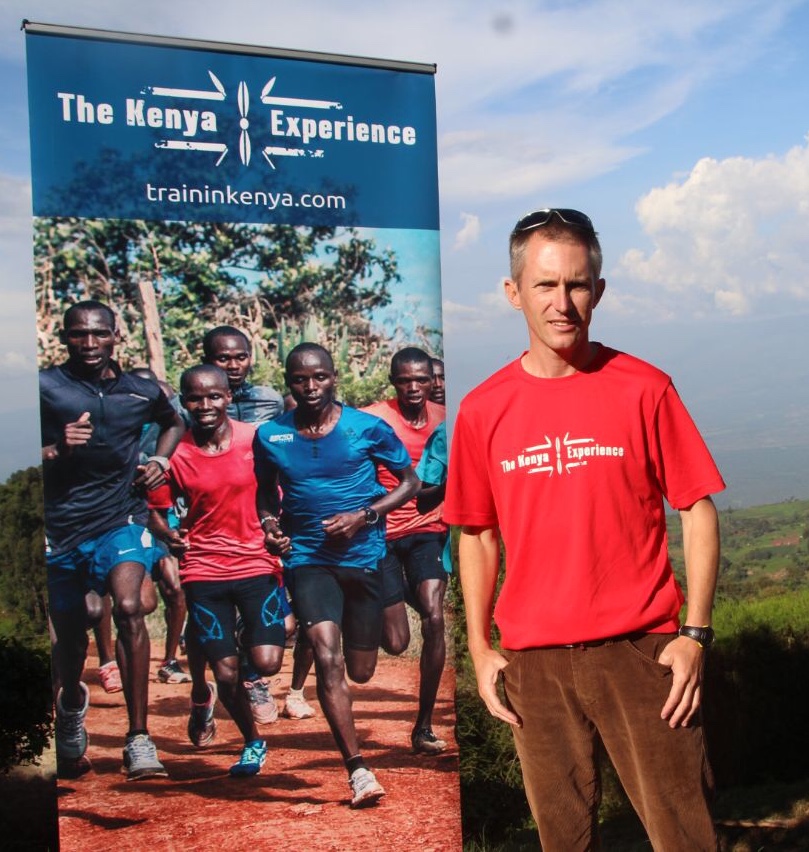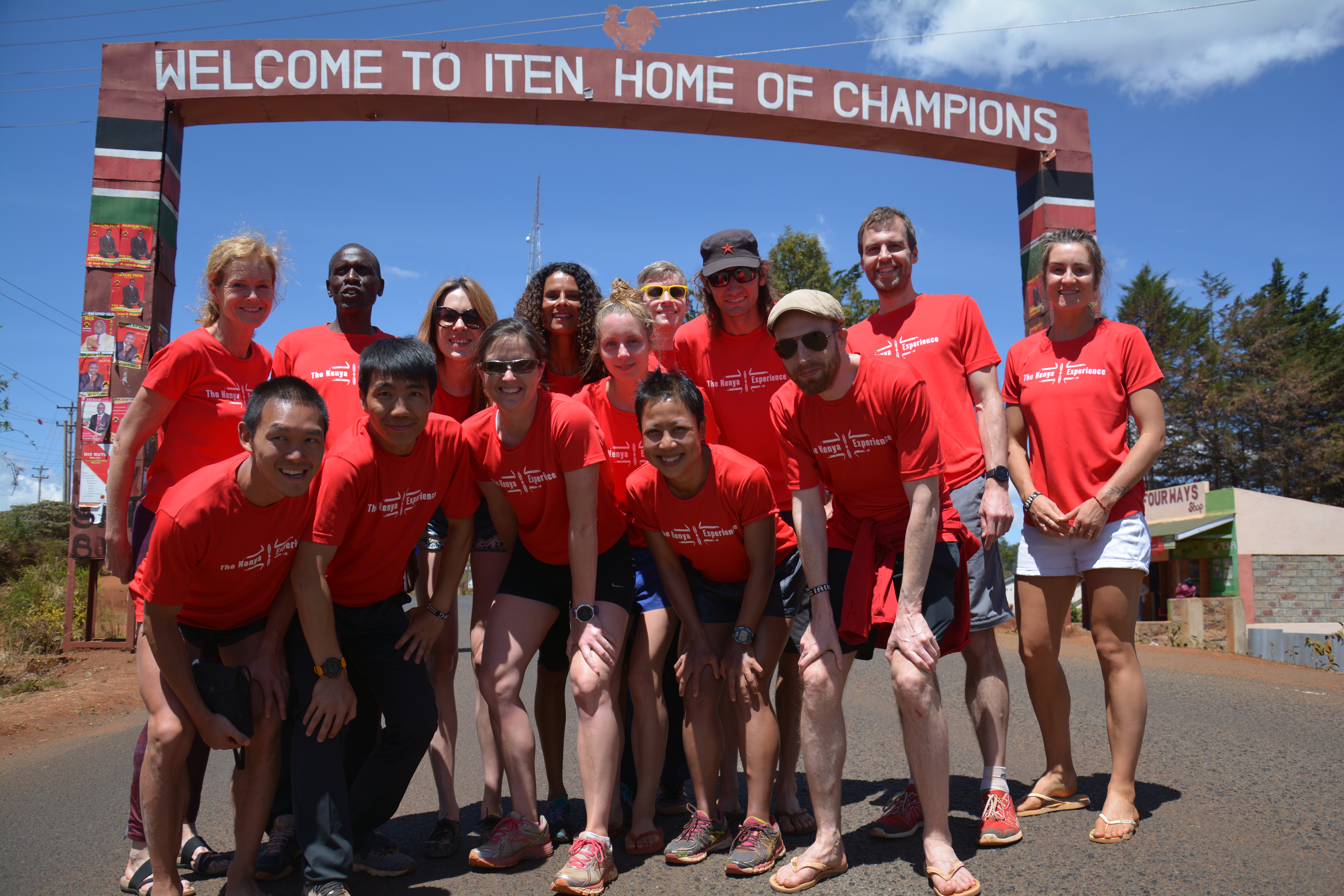Q: Why is it important to train at the lactic threshold, if you want to improve your 5K time?
A: The shortest possible answer is: Many coaches and athletes (including myself, as an athlete and as a coach) have found out that it works for almost everyone. Improving the lactic threshold (LT) leads to improvements in almost all events from 3000m to marathon.
This is also backed by science: Many scientific studies confirm that the level of an individual’s lactic threshold is an important, or probably the most important, indicator of his/her performance in many endurance events. In other words; improving your LT, helps you to run faster, also at paces that are faster or slower than your threshold. All top athletes in endurance sports have an extremely well developed LT.
What is the lactic threshold? During running, and actually also when we do nothing, our body produces a bit of lactic acid. This is removed from the muscles and used by the liver, heart and kidneys as a metabolic fuel. When we start to run faster, our muscles produce a bit more lactic acid, which is also removed again. At some point, there is no balance anymore; we start to produce more lactic acid than we can remove. At that point, the amount of lactic acid in our muscles accumulates and we start to feel increased tiredness. The point where lactic acid production and removal are at its peak but still in balance, is called the lactic threshold. At LT pace, we can continue running for about 30 minutes (in training) or 60 minutes (in a race).
Research and practice has found out that it’s relatively easy to increase our LT. It’s for instance much harder to improve your speed. It’s also hard to improve your maximum oxygen consumption. But with the right approach (and some talent), runners can continue to improve their LT for a long time.
You could argue; if I want to run faster on a 5K, why not do all my training at 5K race pace? But the reality shows that this does not work, because you will quickly reach a ceiling, after which you won’t improve anymore. Coaches then say; his/her base is not strong enough. What they mean is that the athlete has to first start working on his endurance base by doing quality endurance training (like at LT pace).
A practical example:
Let’s say an athlete’s 5K time is 15.00 and their 10K time is 31.40 while their LT is at 3.20/K (5.22/M). If he manages to increase the speed at LT to 3.15/K (5.15/M), then we will see that the 10K time will automatically also improve, probably from 31.40 to about 31.00 and at the same time his 5K time will improve to 14.45 or so. If he then starts adding the specific 5K training, he can go to 14.30.
If, instead, he would focus on 5K race pace only, he would probably see a quick but small improvement. Maybe from 15.00 to 14.45 and then from there he would not improve any further, because his aerobic system becomes the limiting factor.
The same is of course then true for runners at slower paces as well.
All distance events depend a lot on the aerobic system and if all other factors are the same (speed, strength, speed endurance) but the aerobic system is getting stronger, then we improve. An event like the 5k is 95-99% an aerobic event, meaning that we need only a very small portion of our lactic or anaerobic system to contribute. Since the aerobic system is so extremely important for the 5000m, it only makes sense to make that aerobic system as strong as possible.
This does not mean that we should NOT run at 5K race pace, but only focus on our lactic threshold. What it means is that we should FIRST focus on improving our aerobic base (LT). I believe that we should always combine the LT training with some form of speed/interval training, for instance at least once in 2-3 weeks (and this does not always have to be heavy, sometimes it’s enough to do some 300m intervals in 5-3K race pace).
When coming closer to the races, we start doing more and harder sessions at 5K race pace, or slightly faster or slightly slower. Some call it: speed endurance sessions, others call it high intensity interval training. Again, research and practice have found that having a good aerobic base (high LT), makes it not only easier for our body to tolerate harder speed work, but also makes it POSSIBLE for our body to respond to it. If the LT is weak, we will find it much harder to improve from the specific 5K sessions, than when our LT is strong.
How to fit LT training into your schedule:
How much each athlete needs when it comes to LT sessions and specific speed work, is something individual, but most long distance type runners benefit from the following:
– First focussing on the LT for 3 – 4 months (including some shorter sessions, long runs, hill work, (+gym), but the main focus is on improving the LT)
– Then 3-6 weeks of focussing on doing sessions at 5K race pace, still combined with some LT sessions, to make sure that the LT level does not go down again (however, now the LT sessions are not so heavy, since focus is on the speed work)
After the race season, go back again to working on the base by doing LT sessions, hill work, long runs, etc.
Examples of LT sessions you can try:
If you’ve never done an LT session, start with 5 x 4′ (5x4minutes) with between 90 sec or 2 minutes easy jogging as rest . Make sure you run at the threshold not flat out intervals: You can get physiological testing to see where your threshold currently is, but to be honest the data will soon be out of date anyway if you do the workouts correctly and improve. The pace for threshold should feel like you are working pretty hard, but you can still say a few words when running. When you breath too hard (one step in, one step out), you are probably going too fast. When you feel like you can comfortably continue talking all the time, you are probably going too slow. Try to set a pace that you can do for 4 minutes (and later 5, or 6) without feeling the legs are getting very heavy.
Two weeks later you can do 5 x 5′ with 2′ jog in between. Build this up to 30′ or max 40′ at LT pace, with increasingly longer intervals. The maximum I normally give is 5 x 8′ at LT pace (2′ easy jog in between) or even 6×7’ in well trained athletes.
Another LT type session could be the tempo run. You will not (and should not) run exactly as fast as during the intervals, but you can run this close to your threshold. A tempo run can be as short as 15 minutes, but can also be as long as 32K (20 miles) in marathon runners. Of course, tempo runs of 20-40′ are best in improving the lactic threshold. We can explore tempo runs another time!
Bedankt (That’s Dutch for ‘Thanks’)
Hugo
——————————————————————————————————————————————————
Hugo van den Broek is Head Coach for the Kenya Experience. He is responsible for leading all coaching activities on our running camps in Iten and acts as a mentor and guide to our assistant coaches. Hugo is a former international athlete with a best marathon time of 2hr 12. He represented the Netherlands on many occasions in international events, and since his retirement from competition has made a successful transition into the world of coaching
The Kenya Experience – Running Camps in Iten Kenya for runners of all levels
Our running camps provide an inspirational location, expert coaching and a supportive group environment for runners of all levels.With an emphasis on ‘doing it the Kenyan way’ the camps include guided runs, practical workshops and an exciting itinerary outside of the actual training itself which will immerse you inside the Kenyan running scene. You will meet and learn from top Kenyan runners & coaches and interact with the local community in Iten under the guidance of our expert staff.Want to know more? Click here for details on our training camps




Recent Comments